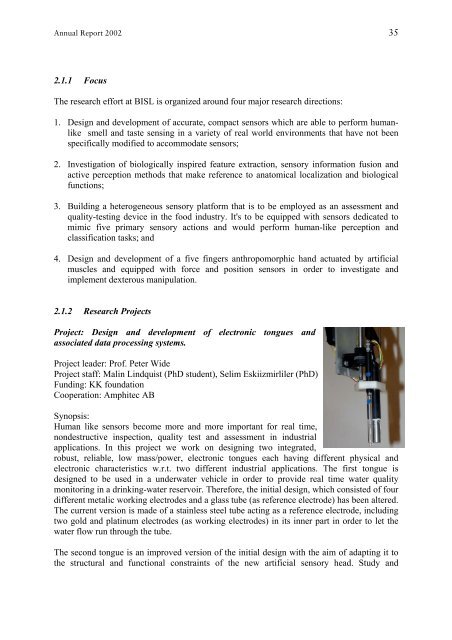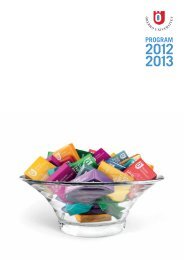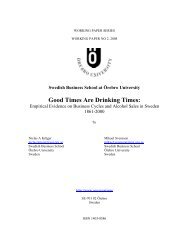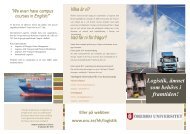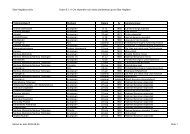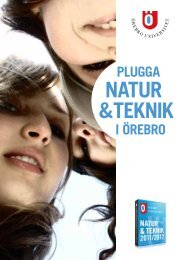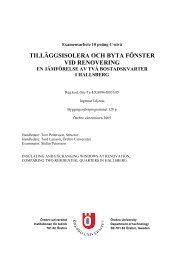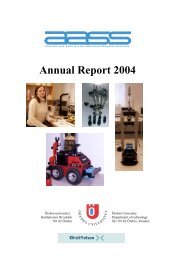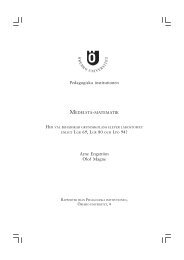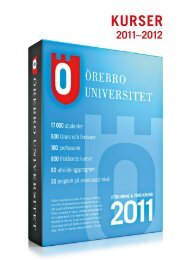Annual Report 2002 - Ãrebro universitet
Annual Report 2002 - Ãrebro universitet
Annual Report 2002 - Ãrebro universitet
Create successful ePaper yourself
Turn your PDF publications into a flip-book with our unique Google optimized e-Paper software.
<strong>Annual</strong> <strong>Report</strong> <strong>2002</strong> 35<br />
2.1.1 Focus<br />
The research effort at BISL is organized around four major research directions:<br />
1. Design and development of accurate, compact sensors which are able to perform humanlike<br />
smell and taste sensing in a variety of real world environments that have not been<br />
specifically modified to accommodate sensors;<br />
2. Investigation of biologically inspired feature extraction, sensory information fusion and<br />
active perception methods that make reference to anatomical localization and biological<br />
functions;<br />
3. Building a heterogeneous sensory platform that is to be employed as an assessment and<br />
quality-testing device in the food industry. It's to be equipped with sensors dedicated to<br />
mimic five primary sensory actions and would perform human-like perception and<br />
classification tasks; and<br />
4. Design and development of a five fingers anthropomorphic hand actuated by artificial<br />
muscles and equipped with force and position sensors in order to investigate and<br />
implement dexterous manipulation.<br />
2.1.2 Research Projects<br />
Project: Design and development of electronic tongues and<br />
associated data processing systems.<br />
Project leader: Prof. Peter Wide<br />
Project staff: Malin Lindquist (PhD student), Selim Eskiizmirliler (PhD)<br />
Funding: KK foundation<br />
Cooperation: Amphitec AB<br />
Synopsis:<br />
Human like sensors become more and more important for real time,<br />
nondestructive inspection, quality test and assessment in industrial<br />
applications. In this project we work on designing two integrated,<br />
robust, reliable, low mass/power, electronic tongues each having different physical and<br />
electronic characteristics w.r.t. two different industrial applications. The first tongue is<br />
designed to be used in a underwater vehicle in order to provide real time water quality<br />
monitoring in a drinking-water reservoir. Therefore, the initial design, which consisted of four<br />
different metalic working electrodes and a glass tube (as reference electrode) has been altered.<br />
The current version is made of a stainless steel tube acting as a reference electrode, including<br />
two gold and platinum electrodes (as working electrodes) in its inner part in order to let the<br />
water flow run through the tube.<br />
The second tongue is an improved version of the initial design with the aim of adapting it to<br />
the structural and functional constraints of the new artificial sensory head. Study and


